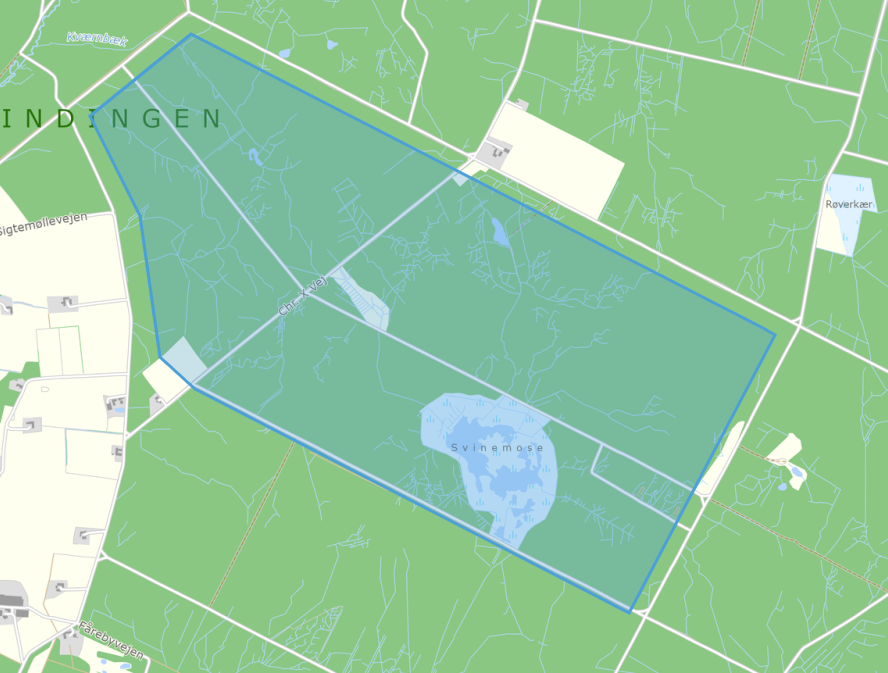Bison are wild animals
The bison are wild animals which come from Poland. On Bornholm, the animals will continue to live as wild animals, and therefore must not see humans as a source of food etc. It is a fantastic experience to see these large animals in the middle of Almindingen, if you are lucky enough to spot the bison. Their escape distance means that you have to be moving very quietly in order to get close to them. If the bison feel at all threatened, the animals move away into the forest – which visitors should respect. The animals have already adapted to the area in the best possible way and are occasionally seen crossing the road Chr. X Vej during daylight hours.
Keep your distance to the animals
The general public are advised to keep to the roads and paths and to follow the rules which the Danish Nature Agency has issued governing movement in the forest.
Therefore: Walk slowly and keep your distance to the animals, especially, when they have young animals among them. As a rule of thumb: Stay at least 80-100 metres away from them.
Learn about the bison at NaturBornholm
The NaturBornholm experience centre provides a wealth of information on the European bison. Through a fascinating and informative exhibition, NaturBornholm tells the public about the Danish Nature Agency’s bison project on Bornholm, as well as the dramatic story of the European bison which became extinct in the wild in 1919, but was rescued at the last moment by a number of zoos and parks.
Read more at www.naturbornholm.dk
The European bison – a threatened species
The European bison is the largest mammal living in the wild in Europe. At the end of the Ice Age about 10-11,000 years ago, the bison was spread throughout Europe, including Denmark, and 800 years ago there were still bison populations across Europe. However, like other large animals, the bison fell prey to hunting on a huge scale. Following the outbreak of the First World War in 1914, the European bison’s last habitats were the scenes of considerable fighting. After the war, the last wild European bison was killed.
The remaining 54 bison, which all lived in zoos and parks, became the stock for a new population. Since then, thorough breeding work has managed to preserve the European bison as a species, and bison are again being released into the countryside and living wild in various places in eastern Europe. The present population of European bison is approx. 3,000 animals, of which approx. 2,000 animals are living in the wild. The project on Bornholm will contribute to protecting the European bison.
Read more about the project and the European bison at www.bisonbornholm.dk
